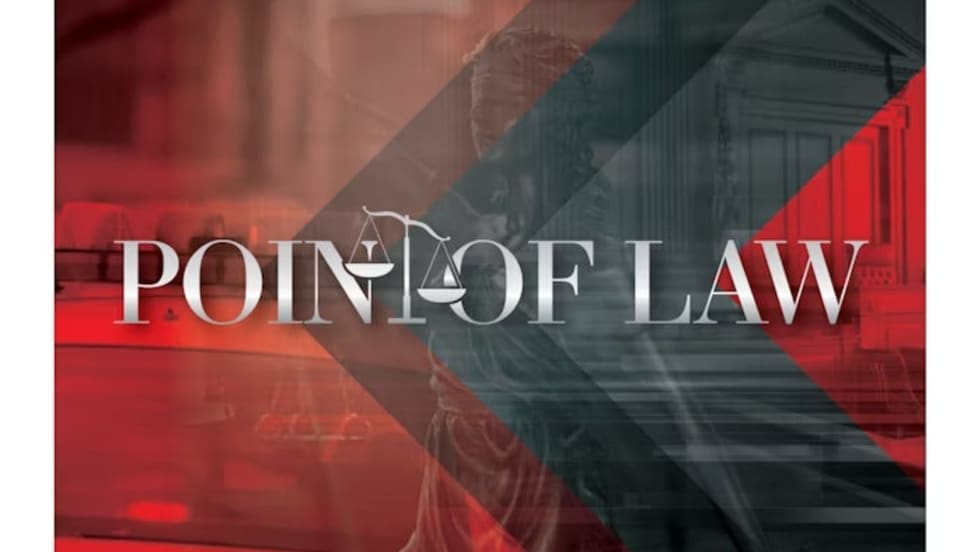Law enforcement leaders and legal experts have worked tirelessly for nearly two decades to remove the stair-stepping methodology of the use-of-force continuum from police policies because of its continued failure to interpret current case law accurately. And having spent significant efforts in educating police executives and trainers for the last 15 years, I refuse to stand by and allow agencies to respond in a reactionary manner.
Years of research, training, and instruction has led to significant concerns that the use-of-force continuum may cause the unintended result of an increase in use of force by officers attempting to follow the stair-stepping application of a continuum rather than rely on a decision-making process. Use-of-force continuum diagrams present an overly simplistic approach to decision-making that detracts from the officer’s ability to make effective decisions when confronted by resistance in real time. Departments should encourage officers through contemporary policies and training to evaluate the situation with decision-making methods such as proper tactics, communication skills, and de-escalation tactics, rather than a stair-stepping methodology. We have been down this road before, and it is a dead end.
A Training Tool
The history of the use-of-force continuum can be traced back to the mid 1970s when Professor Gregory Connor created the first “force continuum” as an instructional aide, designed to assist criminal justice trainers throughout the country. LAPD developed the “Force Continuum Barometer,” which was published in their 1978 training bulletin. In 1980 longtime international trainer, Kevin Parsons, Ph.D., developed the “Confrontational Continuum.” According to Parsons, “The concept of the continuum was to explain to officers ‘when’ to use force options as opposed to the traditional defensive tactics class, which dealt only with ‘how’ to use force options. Thus, the continuum was designed to be a training tool.”
Historically, agencies and training providers developed their own use-of-force programs, generating a variety of contemporary continuums consisting of stair steps, ladders, barometers, matrices, etc., which total more than 50 different models. Through the years, continuums increased in complexity it seems for no other reason than to reinvent the wheel, producing several differing standards to explain to a jury.







